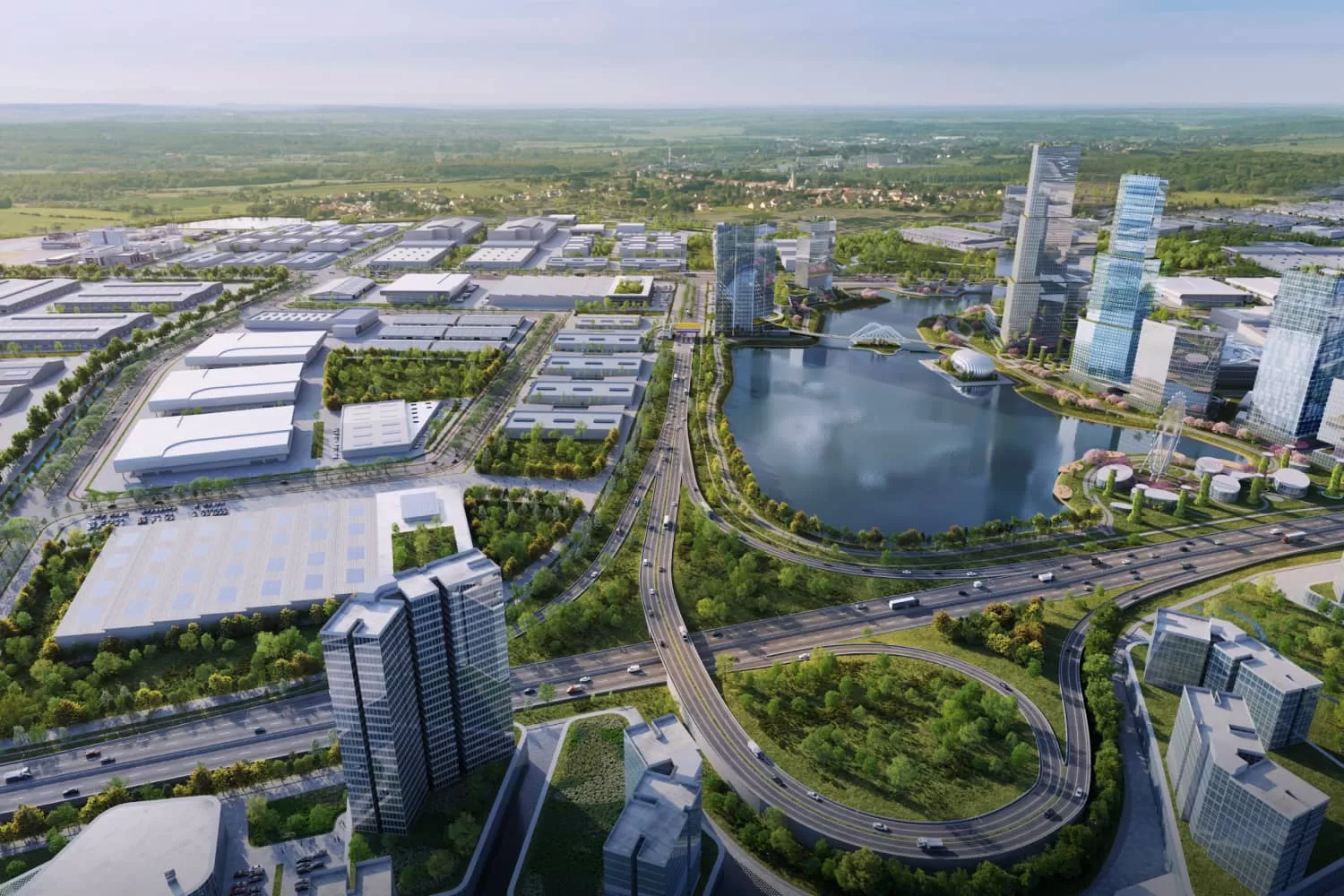A New Contender in Southeast Asia’s Industrial Map
As global manufacturing continues its shift from traditional hubs to emerging markets, investors and industrial players are turning their attention to previously overlooked regions. One such area now making waves is Subang, a regency in West Java, Indonesia. Long known for its agricultural roots and strategic proximity to major cities, Subang is rapidly transforming into a major industrial hotspot in Southeast Asia.
With the government’s infrastructure push, Foreign Direct Investment (FDI) incentives, and its inclusion in the Patimban Seaport and Rebana Metropolitan development, Subang is becoming a prime destination. This makes Subang ideal for logistics, manufacturing, and industrial expansion.
By the end of this article, you will understand why Subang is capturing the attention of global and local investors and what is fueling its rise. It will also detail how businesses can capitalize on this transformation.
1. Strategic Location and Infrastructure Boom
One of Subang’s strongest assets is its strategic geographic location. Situated between Jakarta, Bandung, and Cirebon, Subang is central to Java’s economic activity. The recent development of the Patimban Deep Seaport is a game-changer.
Patimban Seaport is designed to become Indonesia’s largest automotive export hub, directly benefiting Subang’s industrial estates. Coupled with the Cipali Toll Road and future Subang Smartpolitan project, logistics and supply chain companies see Subang as an ideal base.
2. Government Incentives and Economic Vision
The Indonesian government has identified Subang as part of the Rebana Metropolitan, a special economic growth area in West Java targeting high-tech industries and green development. This designation comes with a host of benefits:
- Tax holidays and import duty exemptions.
- Infrastructure support for industrial estates.
The Subang Smartpolitan, a development by Suryacipta, envisions a 2,717-hectare “Smart, Green, and Sustainable City” providing land plots for industrial and commercial businesses, including residential, education & innovation hub, medical center, retail, and others. The area aims to integrate smart manufacturing, green energy, and digital infrastructure to attract global players in electronics, automotive, EV, and pharmaceuticals, among others.
3. Growing Interest from Foreign and Domestic Investors
Over the past few years, there has been a marked increase in foreign direct investment (FDI) in West Java, with Subang receiving a growing share. Japanese, Korean, and Chinese companies are particularly active, leveraging Indonesia’s position as a competitive manufacturing base with access to ASEAN markets.
In the first half of 2025, West Java reported over USD 5.2 billion in FDI, with Subang accounting for approximately 15% of new industrial projects—up from less than 5% just three years ago.
Smartpolitan: A Glimpse of Subang’s Industrial Future
The Scenario
By 2021, West Java had already become Indonesia’s most industrialized province. However, Subang remained underdeveloped compared to neighbors like Bekasi and Karawang. Recognizing this potential, Suryacipta initiated the Smartpolitan project to build a futuristic industrial township in Subang.
The Action
The first phase, launched in 2022, focused on:
- Building core infrastructure (roads, water supply, wastewater treatment plant, etc.).
- Attracting anchor tenants in automotive parts, electronics.
- Integrating smart technologies for utilities, such as waste management.
The project emphasized green design with solar energy integration and public green spaces, setting a benchmark for future industrial zones.
Key Takeaways
- Government and private sector collaboration is key to developing new industrial centers.
- Strategic location paired with infrastructure can dramatically shift regional dynamics.
- Green and smart design attracts future-oriented investors.
Subang’s Rise is Just Beginning
In conclusion, Subang is no longer just a quiet regency known for rice fields and rural landscapes. Its transformation into an industrial hotspot is being driven by infrastructure upgrades, strategic location, and forward-thinking economic policies. With projects like Patimban Seaport and Smartpolitan shaping the region’s future, Subang offers vast opportunities for businesses looking to expand in Indonesia.
Investors and companies should closely watch Subang—not only for its current developments but also for the long-term promise it holds as one of Southeast Asia’s rising industrial powerhouses.

